Science Update: International group identifies best management of rare neuroendocrine cancers—phaeochromocytoma and paraganglioma
Pheochromocytomas and paragangliomas are rare types of tumors that are typically found in the abdomen but can occur in any location of the body. An international group of health care professionals developed a consensus statement on how to best manage these tumors when they are caused by variants in the gene succinate dehydrogenase complex subunit D (SDHD).
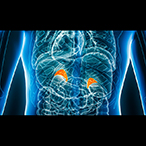
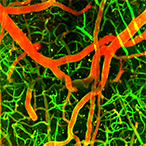
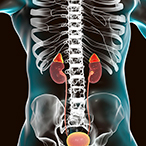



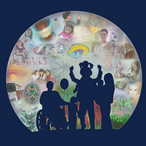
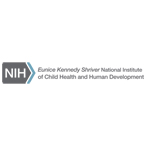


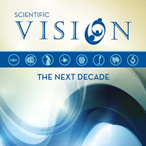
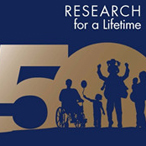

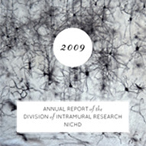
 BACK TO TOP
BACK TO TOP